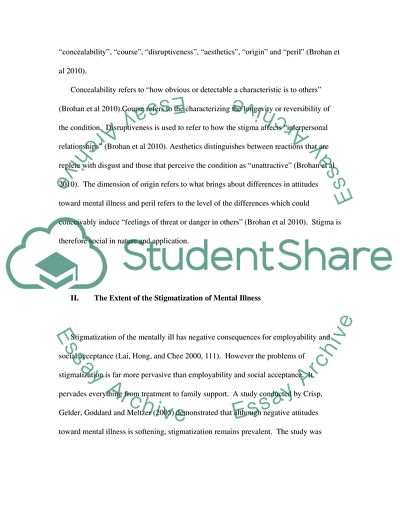Cite this document
(Stigmatization of Mental Illnesses Coursework Example | Topics and Well Written Essays - 1750 words, n.d.)
Stigmatization of Mental Illnesses Coursework Example | Topics and Well Written Essays - 1750 words. https://studentshare.org/health-sciences-medicine/1742359-you-will-find-questions-in-the-order-instructions
Stigmatization of Mental Illnesses Coursework Example | Topics and Well Written Essays - 1750 words. https://studentshare.org/health-sciences-medicine/1742359-you-will-find-questions-in-the-order-instructions
(Stigmatization of Mental Illnesses Coursework Example | Topics and Well Written Essays - 1750 Words)
Stigmatization of Mental Illnesses Coursework Example | Topics and Well Written Essays - 1750 Words. https://studentshare.org/health-sciences-medicine/1742359-you-will-find-questions-in-the-order-instructions.
Stigmatization of Mental Illnesses Coursework Example | Topics and Well Written Essays - 1750 Words. https://studentshare.org/health-sciences-medicine/1742359-you-will-find-questions-in-the-order-instructions.
“Stigmatization of Mental Illnesses Coursework Example | Topics and Well Written Essays - 1750 Words”. https://studentshare.org/health-sciences-medicine/1742359-you-will-find-questions-in-the-order-instructions.


